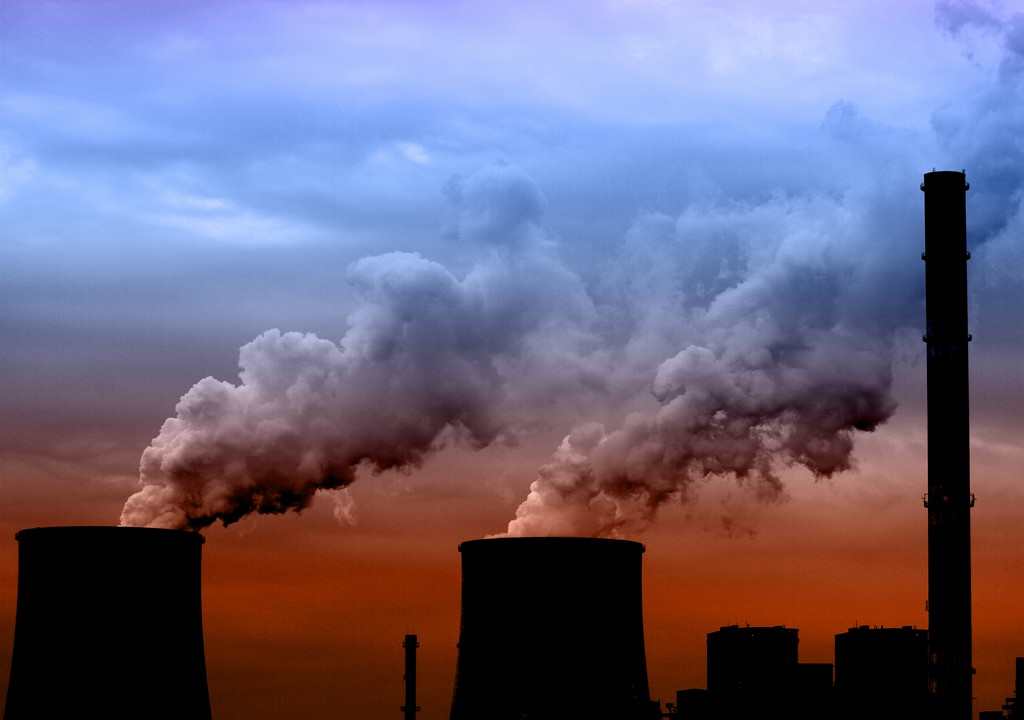Department of Energy (DOE) Secretary Alfonso Cusi is urging coal power generators to keep up with tech trends to improve efficiency and lessen carbon emissions of existing coal plants.
Since the previous administration, the Energy sector has been looking into implementing stricter standards on coal-based power plants as a measure for climate change mitigation programs and the country’s commitment to reduce carbon emissions.
However, new installations will be difficult to legislate because there’s an overwhelming abundance of these technologies.
Senator Sherwin Gatchalian suggests plotting a ‘gold standard’ for coal-fired power plants to balance consumption pricing with the enhancements.
“There are a lot of new technologies coming in and so fast… this is a great balancing role wherein at the end, consumers should not be overburdened by heavy pricing. This balancing role can be equipped with a higher standard in terms of coal technology,” he said.
GE President and CEO for the ASEAN region Wouter Van Wersch said there are three main pillars power generators and one brings in new technologies for erecting power plants.
Existing energy plants can make use of retrofitting, which is adding new technology or features to older systems to improve efficiency, increase output and reduce carbon emissions.
Meanwhile, other power generators, such as newly built ones, will be introduced to digital monitoring systems to improve its performance.
“This is a whole new avenue and being able to harness data that are coming from the equipment. This will enable improve[d] performance to reduce downtime and produce more electricity for less fuel,” Wersch said.
President Duterte remains firm on sticking with coal as the main source for generating power due to its viability and inexpensiveness.
That said, the Energy Department has declared it is “technology agnostic” in terms of baseload supply requirements.
By 2020, the Philippines will produce approximately 5,000 megawatts (MW) via new power plants, around which are over 70 percent coal-based.


